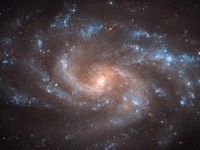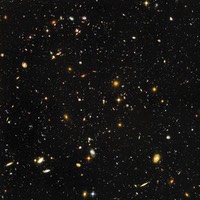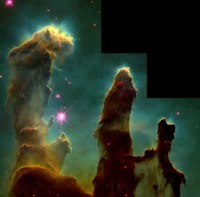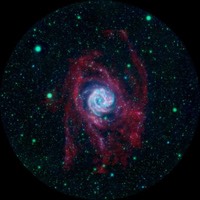The Space Lattice
A major unresolved question in contemporary physics concerns the fundamental properties of space. The issue is whether a medium capable of transmitting forces acting at a distance (electric, magnetic and gravitational field effects) exists, and if so, what its structure is like and how these forces propagate across the medium.
Moreover, the understanding of some basic properties of such medium (originally called “luminoferous aether”) could offer insights into how material bodies come into existence.
In this effort, we have introduced a new geometrical theory for the formation of subatomic structures underlying electric polarities and the atom, and described their interactions at the sub-elemental particle level. The structures were derived from two basic observations and their interpretations.
We observe that spiral motion is a fundamental action of matter, and that all material manifestation is a type of crystal. The generality of crystalline structures has been extended to the so-called vacuum of space, proposing it to be “crystalline.”
Vacuum space lattice sites are postulated to contain fundamental energy vortices called Space-Time Array Resonators (STARs). STARs are units of energy tied into a pulsating spiral vortex called a circumvolution cissoids, and are the basis of all particles of matter.
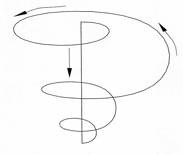
The circumvolution cissiod
In this system, the space lattice is seen as a non-compressible, frictionless “fluid” comprised of unit cell cubes of energy vortices. Elementary particles of matter arise from the space lattice by absorbing resonant frequencies of electromagnetic and sound radiation, and are defined as stationary waveforms within the atom. Based on this understanding, we present a new model of the atom that suggests that atoms, just like their elementary particle constituents, are energy circulators and subsequently provided a theoretical model for low-energy nuclear reactions.
